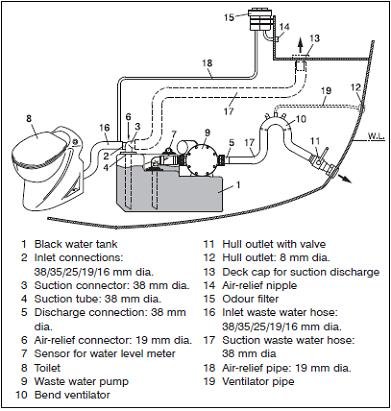Art,
A number of years ago, I called Raritan about the electrodes. I was told they were "titanium plates coated with a rare earth element."
In the manual "Titanium - Corrosion by Acids" by Timnet, a material manufacturer in Colorado, they state:
"Hydrochloric Acid - Iso-corrosion data illustrate that grade 2 offers useful corrosion resistance to about 7% hydrochloric acid at room temperature; grade 12 to about 9% HCl; and grade 7 to about 27%."
They go on to say:
"Severe corrosion damage on titanium equipment has resulted from cleaning procedures utilizing pure hydrochloric acid or acid inhibited with amines."
So, even though the electrodes are made of titanium, you are absolutely correct about how corrosive hydrochloric acid is when in contact with them. In this case however, titanium "offers useful corrosion resistance to about 7% hydrochloric acid at room temperature" whatever that means. And, I have no clue as to what 'grade' they are or what the 'rare earth element' might be.
Long ago in the Naval Aviation community, we used to refer to things like this as being "made of Unobtainium" and
they worked by the process of "FM (f**king magic)" 






